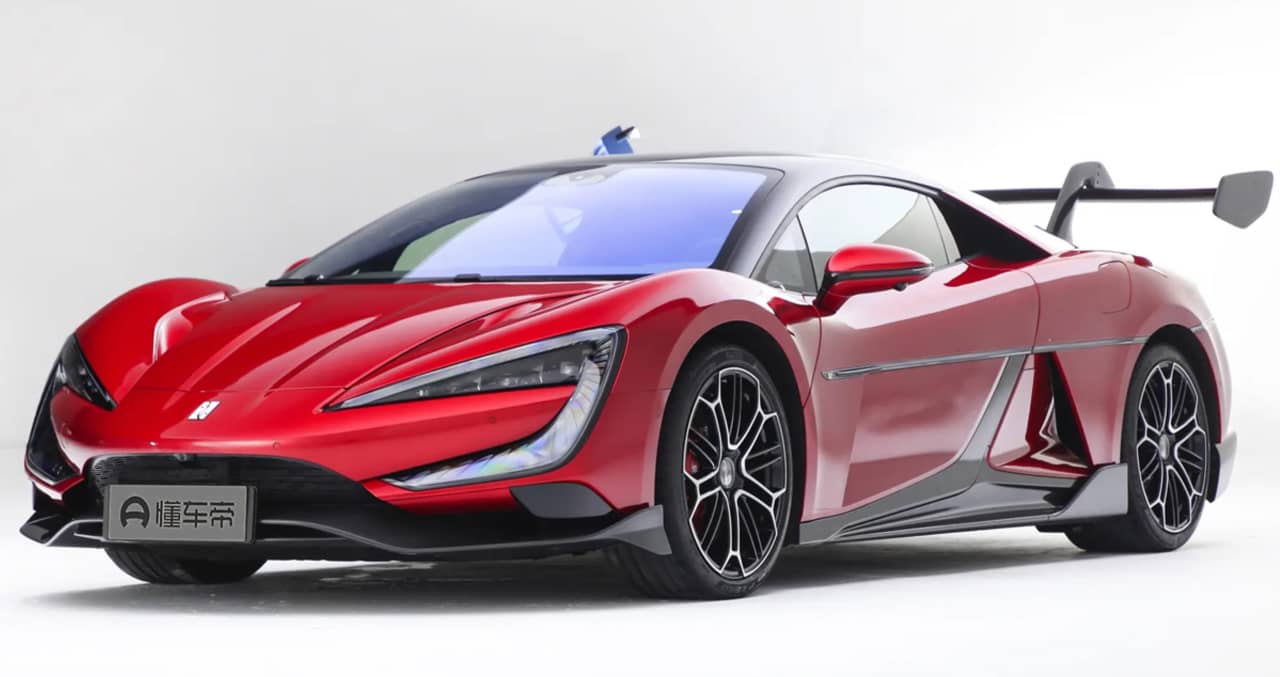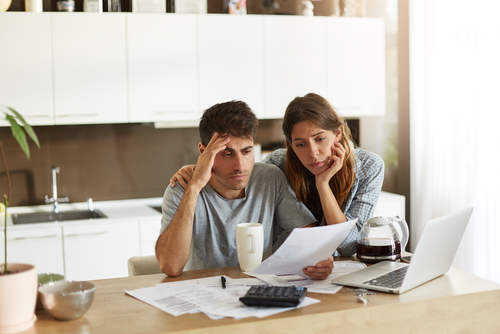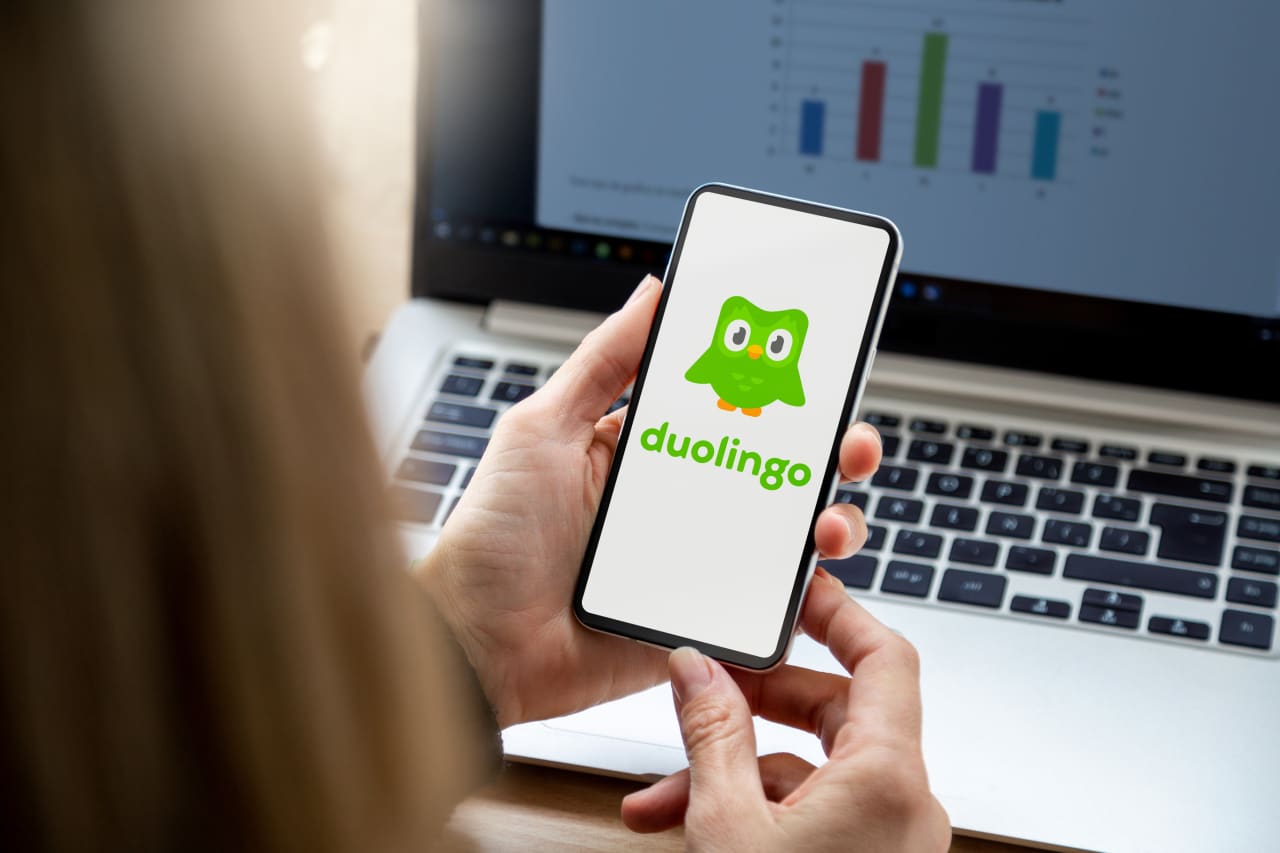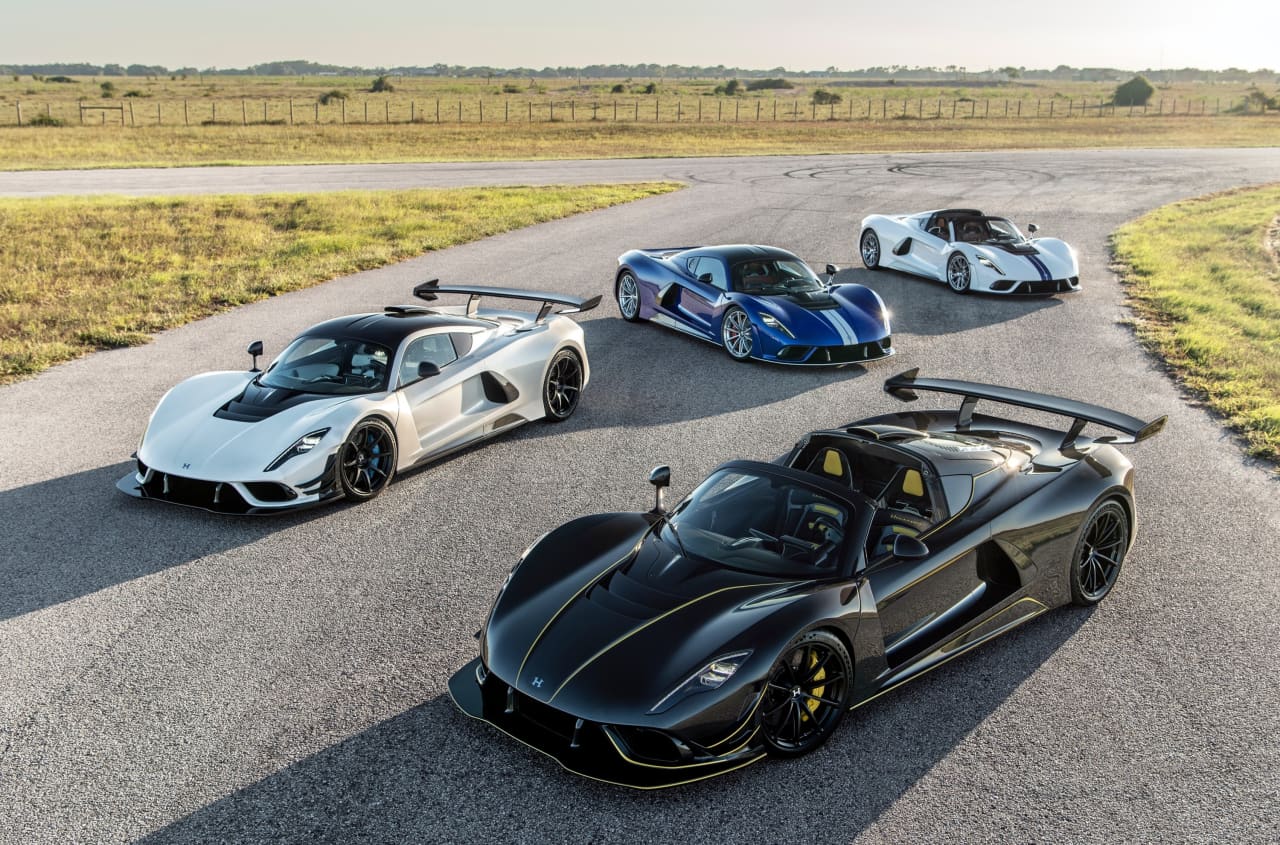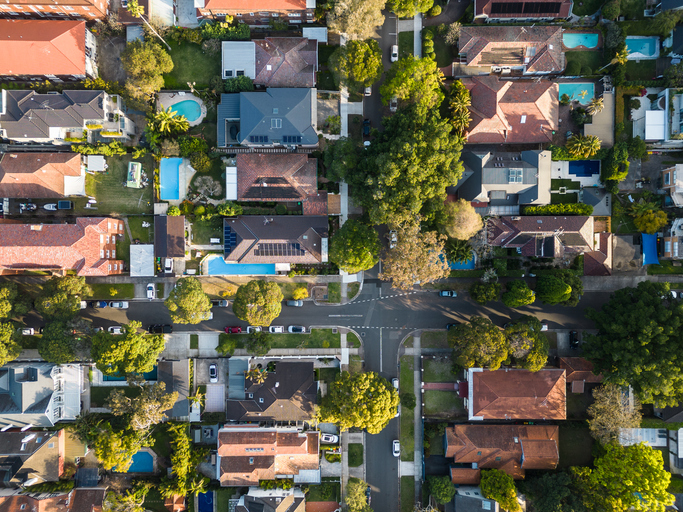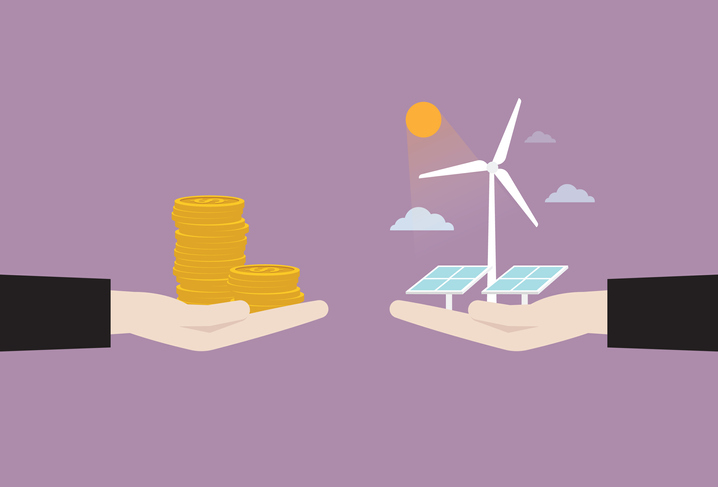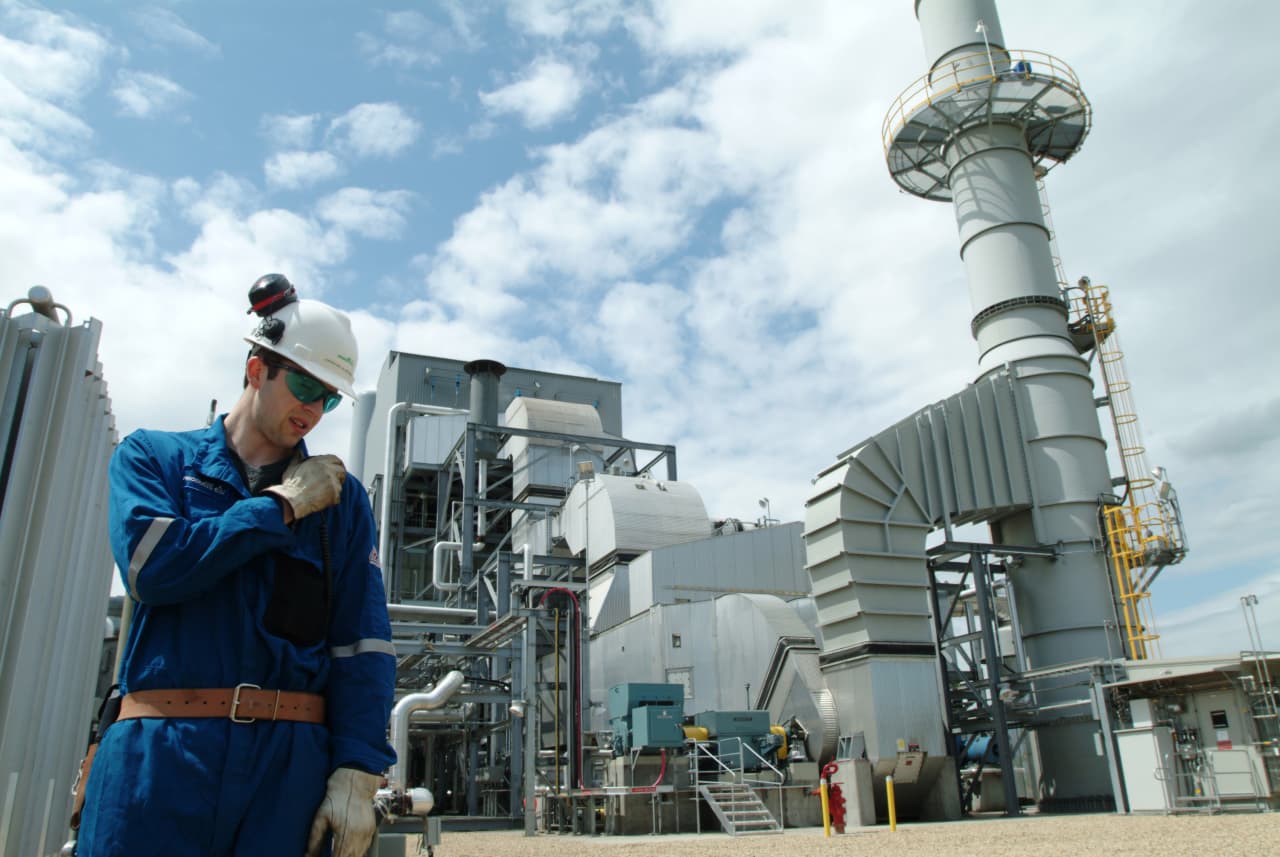Chinese Automaker BYD Shows off a $233,400 Electric Supercar
From its inception, Chinese automaker BYD has had a global vision that’s been realised in Asia, Europe, and South America, but the company has had a conspicuously low profile in the U.S., where 25%import duties have so far kept the brand mostly out of the market. Indeed, U.S. lawmakers are urging even higher tariffs on Chinese-made EVs.
The U.S. blockade hasn’t stopped BYD (“Build Your Dreams”) from becoming the world’s biggest producer of EVs, passing Tesla. The company produced 3 million vehicles last year, with exports to 70 countries growing by a remarkable 334%. The company’s website has headlines such as “BYD Seal Launched in Nepal” and “BYD Enters Indonesian Passenger Car Market with three EVs.” Early investment in BYD by Warren Buffett seems to have been rewarded, though he sold some of his stock in 2022.
The EV supercar market has entries such as the Rimac Nevera, Lucid Air Sapphire, Maserati GranTurismo Folgore, and others, but few credible models from China. Now that may be changing with BYD’s sleek two-door US$233,400 Yangwang U9 (“Ultimate 9”) coupe, so far intended only for the Chinese market.
Competitive with those other supercars, it can reach 62 miles per hour in 2.36 seconds and attain a top speed of 192 mph. The U9 has 1,287 horsepower and 1,200 pound-feet of torque. The car was shown in a live launch stream from Shanghai on Saturday, and will reportedly reach customers as early as this summer.
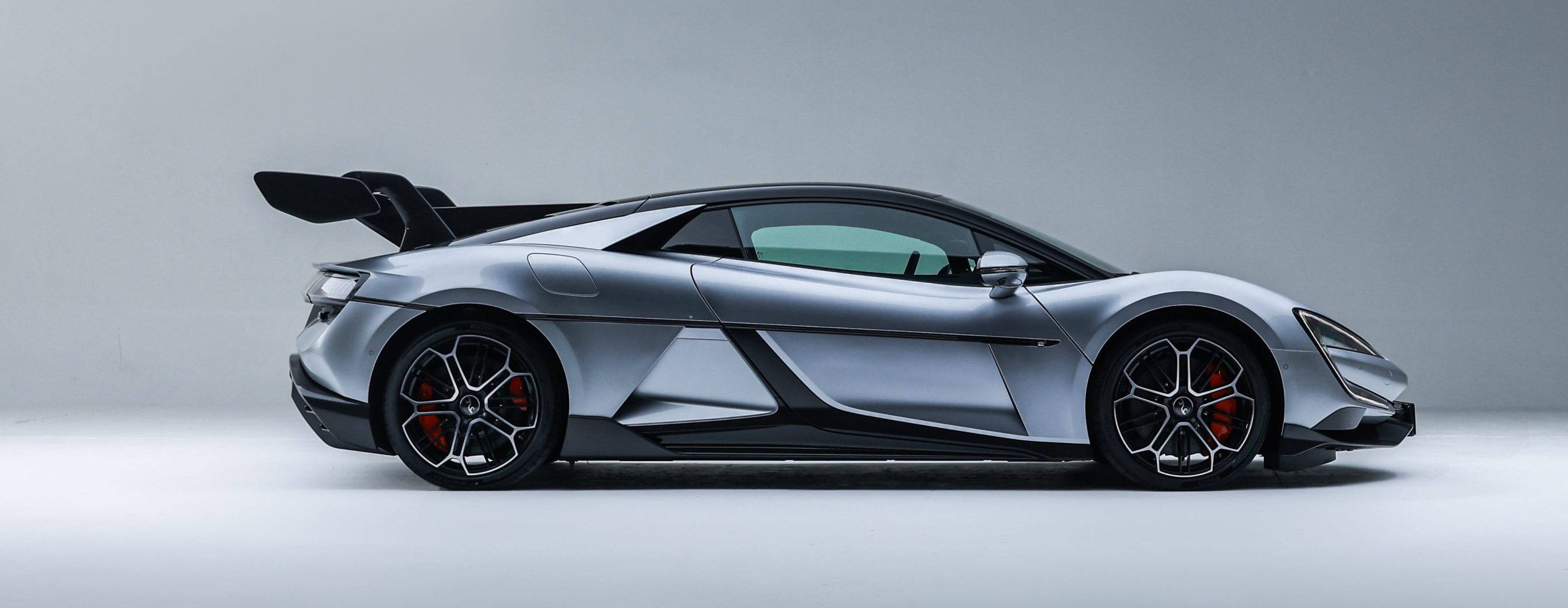
BYD photo
The U9 has an 80-kilowatt-hour lithium iron phosphate, or LFP, battery and 280-mile range on the Chinese Light-Duty Vehicle Test Cycle, which Sam Abuelsamid, principal analyst for transportation and mobility at Guidehouse Insights, says is “notoriously optimistic.” The U9 has an 800-volt architecture and can reportedly use DC fast charging up to 500 kilowatts, with the ability to charge from 30% to 80% in 10 minutes.
The U9 has familiar supercar styling by the German designer Wolfgang Egger, complete with a pair of upswinging doors. Like other Chinese cars, it has its fanciful side—including four different “dance modes” that make use of its Discus X full active body control. In the event of a flat tire, it can run on three wheels. Other features include an adjustable rear wing and “the smartest supercar cockpit,” with two LCD screens (and provisions for a possible third). The U9 is around 16 feet long, roughly the size of a Lamborghini Aventador.
Yangwang is a new upmarket brand for BYD. The lineup includes the U8, a US$150,000 four-motor plug-in hybrid SUV with 1,184 horsepower and zero to 62 in 3.6 seconds. The U8 can reportedly stay afloat during emergencies. BYD has already delivered more than 3,000 of them. The U7 is a luxury electric four-door sedan, also with four motors, and a reported 1,300 horsepower and up to 500-mile range. The U7 starts at US$140,000.
BYD covers both ends of the market, and offers EVs that sell for less than US$14,000 in the Chinese market. BYD, which has sold some buses in the U.S., is considering production in Mexico, which would potentially be an easy export to the U.S. That prospect is alarming Western automakers. According to a recent report from the Alliance for American Manufacturing: “The introduction of cheap Chinese autos—which are so inexpensive because they are backed with the power and funding of the Chinese government—to the American market could end up being an extinction-level event for the U.S. auto sector.”
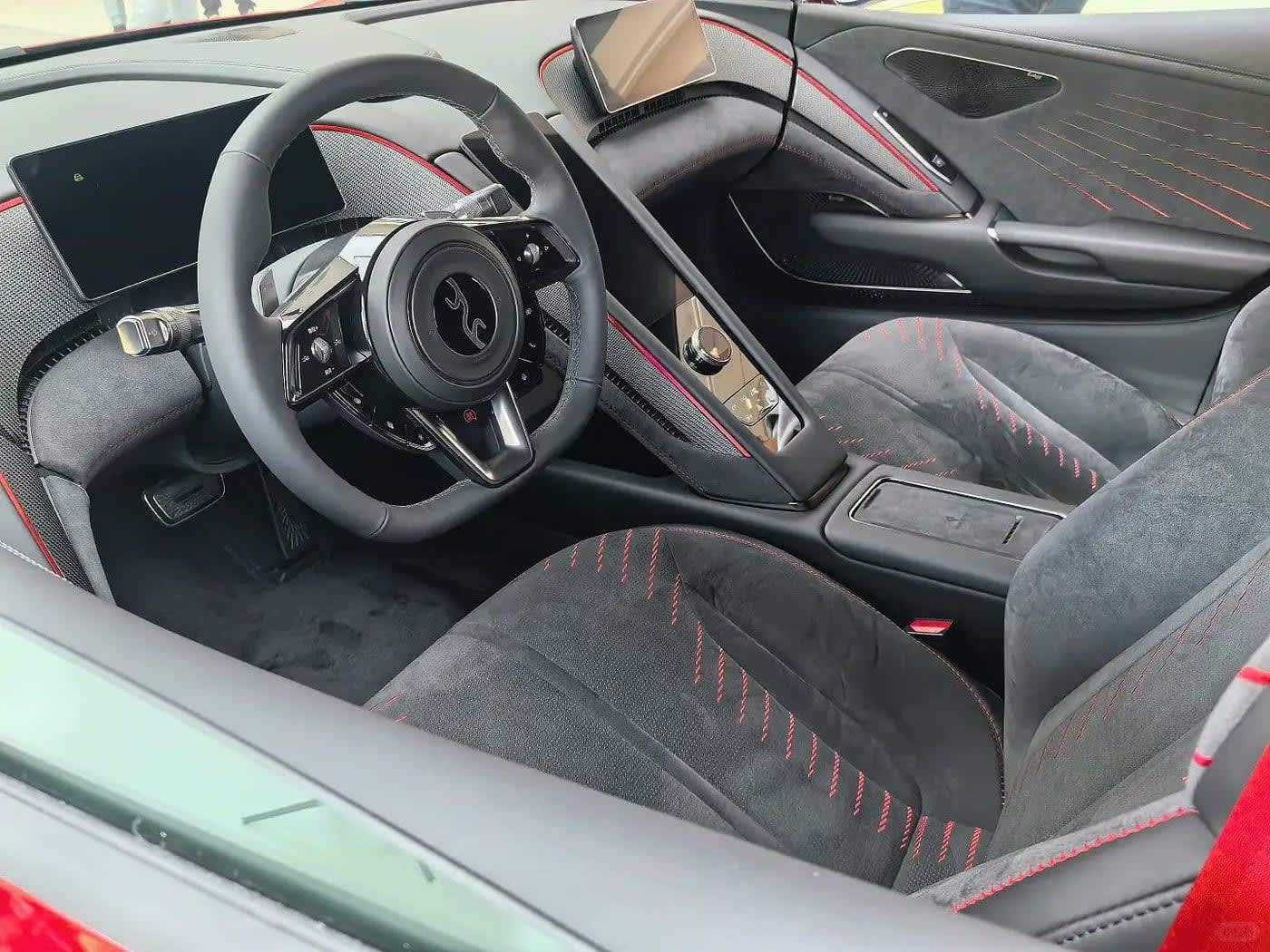
BYD photo
Building Chinese cars in Mexico is “an effort to gain backdoor access to American consumers by circumventing existing policies that are keeping China’s autos out of the U.S. market,” the report said. Abuelsamid said that further tariffs are “a distinct possibility,” but not likely until at least 2025 because of Congressional gridlock.
 Copyright 2020, Dow Jones & Company, Inc. All Rights Reserved Worldwide. LEARN MORE
Copyright 2020, Dow Jones & Company, Inc. All Rights Reserved Worldwide. LEARN MORE
This stylish family home combines a classic palette and finishes with a flexible floorplan
Just 55 minutes from Sydney, make this your creative getaway located in the majestic Hawkesbury region.
Money worries are having a cascading effect on stress levels, conflict and even the rate of ageing
Worrying about the cost of living is causing accelerated ageing, household arguments and creating significant stress, according to new research. More than half of Australians say they have experienced personal setbacks due to financial strain over the past year. Almost 20 percent say that have suffered a stress-related illness, 33 percent have lost sleep and almost one in five are seeing signs of early ageing.
Household hostility is also rising, with 19 percent of Australians admitting they have argued with their partners about money, and a further one in 10 have argued with family and friends.
The Finder survey of 1,070 Australians reveals women are bearing the brunt of financial stress, with 62 percent reporting they have worried about money compared to 42 percent of men.
Younger Australians are struggling the most, with almost 7 in 10 Gen Z respondents reporting financial strain compared to 58 percent of Gen Xers and 24 percent of baby boomers.
The impact of cost-of-living pressures among different age groups and income levels is reflected in new data from the Australian Bureau of Statistics (ABS). The selected living cost indexes show employee households are under more strain from inflation, with the CPI measure for this population group at 6.5 percent today compared to the official overall CPI figure of just 3.6 percent.
The discrepancy is due to higher mortgage interest payments – which make up a higher proportion of expenditure for employee households — as well as an increase in primary and secondary school fees, and the indexation of tertiary education fees at the start of the year. The official CPI does not include mortgage payments, so the living cost indexes provide a more accurate picture of how rising interest rates are impacting households with mortgages today.
The inflation rate is much lower for older Australians, who have often paid off their mortgages. The inflation rate on living expenses for age pensioner households is below the official CPI level at 3.3 percent, and it’s only slightly higher at 3.4 percent for self-funded retirees.
Graham Cooke, head of consumer research at Finder, said that despite cooling inflation, Australians were still under significant financial pressure.
“This can be seen in Finder’s Cost of Living Pressure Gauge, which has been hovering in the extreme range for the past year and a half,” Mr Cooke said. The gauge returned a reading of 78 percent in March this year compared to 47 percent in March 2021, when inflation was 1.1 percent and the Reserve Bank’s official cash rate was 0.1 percent.
Interestingly, Australians’ cash savings are higher today than they were in 2021, likely reflecting stimulus payments received and saved during the pandemic. The Reserve Bank has cited pandemic savings as a factor in keeping mortgage arrears low despite much higher interest rates. The Finder research shows Australians have an average of $37,206 in cash savings today, up from $24,928 two years ago.
“Money concerns can cause problems in your everyday life and snowball quickly if you don’t get them under control,” Mr Cooke said. “Building financial resilience is as vital as ever as costs continue to rise. Pay close attention to where your money is going so you keep impulse spending to a minimum, and don’t overspend.”
Australians appear to be heeding this advice, with the latest ABS retail figures showing seven straight quarters of declining per capita spending. “Per capita volumes show retail turnover after the effects of inflation and population growth have been accounted for,” explained Ben Dorber, ABS head of retail statistics. “Following an unprecedented seven straight falls, it is very clear how much consumers have pulled back on spending in response to cost of living pressures over the past two years.”
Just 55 minutes from Sydney, make this your creative getaway located in the majestic Hawkesbury region.
This stylish family home combines a classic palette and finishes with a flexible floorplan









